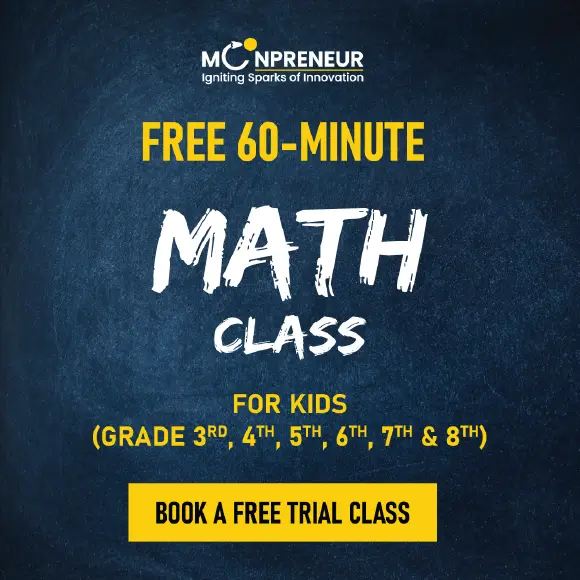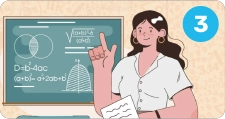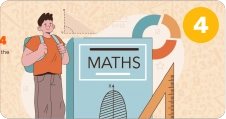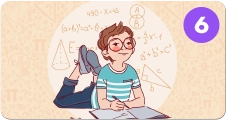Understanding Adjacent Angles Made Easy
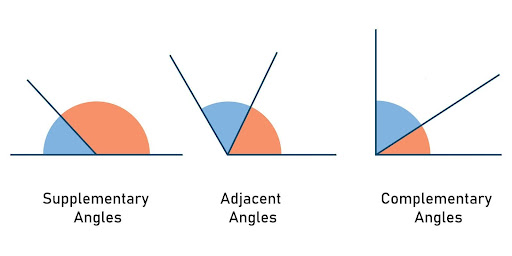
It is easy to teach children about adjacent angles if you use simple examples and objects that they can relate to. This tutorial will assist you in dissecting the concept in a way that is easy to understand so that your child can learn it fast.
Why Is It Important to Learn About Adjacent Angles?
Knowing about adjacent angles is important because it assists in the building of a child’s problem-solving skills and spatial thinking. Adjacent angles are utilized across the board in construction, engineering, architecture, and even painting. Through knowing about them, children can reinforce their geometry base and enhance their skill of analyzing shapes around them.
Recommended Reading: Understanding the 180 Degree Angle: A Comprehensive Guide
What Are Adjacent Angles?
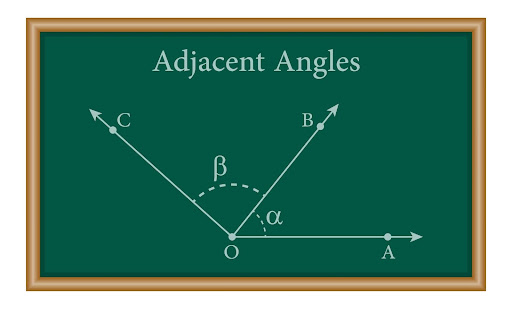
Adjacent angles are two angles that have a common side and a common vertex but do not cover each other. They are next to one another, similar to best friends sitting side by side.
Simple Definition for Kids
Imagine adjacent angles as two pieces of a pizza that come together at the same crust. Each piece is an angle, and the crust is the common side they share!
More Ways to Explain Adjacent Angles to Kids
- Using a Door: Imagine a door that is slightly open. The two angles formed between the door and the frame are adjacent because they share the door’s edge as a common side.
- Drawing on Paper: Get a ruler and draw two lines intersecting at one point. Next, draw a line in between them. You will observe two angles lying on a common side—these are adjacent angles!
- Hands of a Clock: Observe a clock at 3:15. The hands form two adjacent angles at the center of the clock.
Real-Life Examples of Adjacent Angles
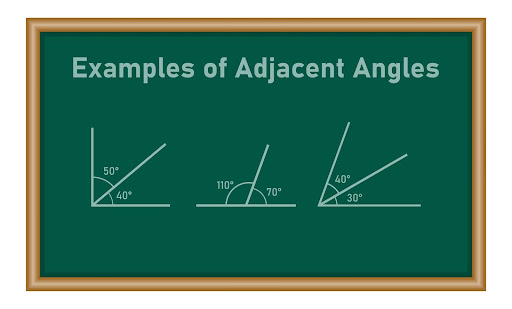
Working with familiar objects can make learning fun. These are some examples:
- Clock Hands: When the hour and minute hands create two angles at the same central point.
- Open Doors: The angle between the door and the doorframe when the door is left a bit open.
- Books: When an open book creates two angles at the spine.
- Scissors: The two angles created when the blades are half open.
- Road Intersections: When two roads intersect at a junction, creating adjacent angles.
- Table Corners: The angles at the corners of a rectangular table are adjacent to one another.
Properties of Adjacent Angles
To make your child more familiar with adjacent angles, introduce these important properties:
- Common Vertex: Adjacent angles have the same meeting point.
- Common Side: The angles share one side in common.
- Non-Overlapping: The angles do not overlap; they are next to each other.
- Can Be Complementary or Supplementary:
- Complementary adjacent angles sum up to 90 degrees.
- Supplementary adjacent angles sum up to 180 degrees.
How to Identify Adjacent Angles
To assist your child in identifying adjacent angles, simply follow these steps:
- Find a common side. The two angles must have a common line.
- Verify the common vertex. Both angles must meet at the same vertex.
- Make sure they don’t intersect. Adjacent angles are distinct but lie side by side.
- Check the measurement. If the sum of the angles is 90° or 180°, they can be complementary or supplementary.
Recommended Reading: Understanding Alternate Interior Angles
Fun Activities to Teach Adjacent Angles
Make learning fun with these interactive activities:
1. Angle Hunt Game
Request your child to identify adjacent angles in your house, for example, window corners, edges of a table, or frames of a picture.
2. DIY Paper Folding
Take a piece of paper, fold it into various angles, and request your child to identify the adjacent angles.
3. Drawing and Coloring
Request your child to draw two intersecting lines and color the adjacent angles so that they can see them better.
4. Lego Learning
Play with Lego bricks and identify adjacent angles in the joining of the blocks with your child.
5. Protractor Measurement Game
Provide your child with a protractor and have them take measurements of adjacent angles on objects around the home.
Recommended Reading: What are Congruent Angles?
Why Learning Adjacent Angles Matters
Learning about adjacent angles develops a solid geometry foundation and problem-solving ability. It also contributes to practical uses such as construction, design, and engineering. Some of the most important advantages include:
- Improved Math Skills: Enhances spatial awareness and logical reasoning.
- Enhances Problem-Solving: Challenges children to understand and examine geometric shapes.
- Strengthens Practical Knowledge: Applied in areas such as architecture, art, and engineering.
- Increases Geometry Confidence: Having a good understanding of angles will make it simpler to grasp math concepts in the future.
Frequently Asked Questions (FAQs)
Adjacent angles are two angles that have a common vertex and a common side but do not intersect.
- Yes, they can be equal if they are of the same measure.
Adjacent angles have a common side, whereas vertical angles are opposite to each other and are formed by two intersecting lines.
- No, the only adjacent angles which are supplementary are those forming a straight line (linear pair).
- Yes, if the two of them amount to 90°.
In the corners of a room, the intersection of streets, books, and the hands of clocks.
Take out a protractor and measure one angle separately, then do the same with the other, and sum the readings.
A linear pair consists of two adjacent angles that together form 180°.
They aid in the study of geometry, trigonometry, and practical structures.
Utilize worksheets, day–to-day life examples, and interactive geometry activities.
Final Thoughts
Teaching adjacent angles to your child does not necessarily have to be tough. You can make learning fun and memorable by using everyday objects, fun activities, and easy definitions. Make your child observe angles in the world around him and practice their identification on a daily basis.
Want to excite your child about math and sharpen their math skills? Moonpreneur’s online math curriculum is unique as it helps children understand math skills through hands-on lessons, assists them in building real-life applications, and excites them to learn math. You can opt for our Advanced Math or Vedic Math+Mental Math courses. Our Math Quiz for grades 3rd, 4th, 5th, and 6th helps in further exciting and engaging in mathematics with hands-on lessons.







